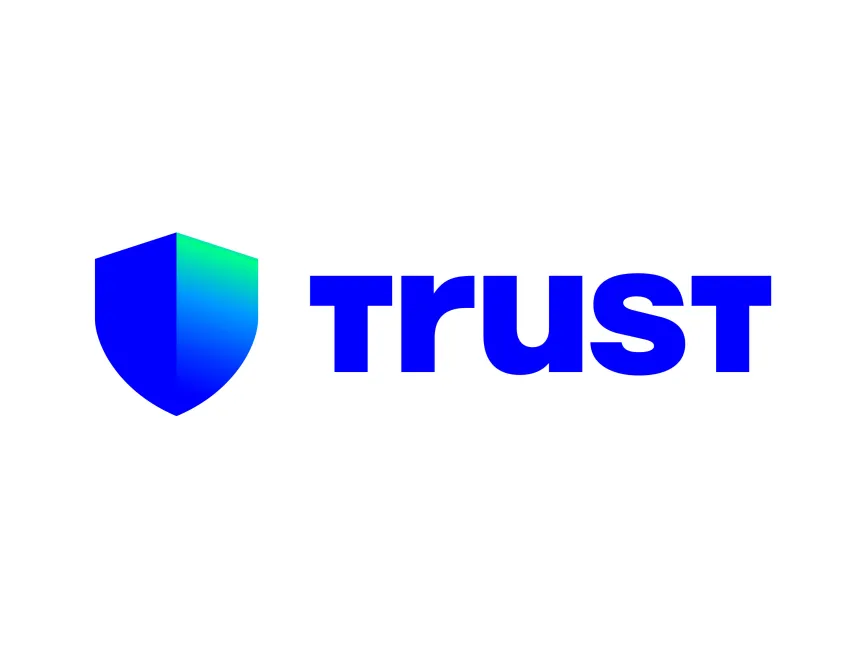Why Cross-Margin Derivatives Trading Is Changing the Game for Market Makers
Wow! Have you ever noticed how most DEXs still struggle to balance liquidity with cost efficiency? It’s kinda crazy that in 2024, even with all this crypto hype, many platforms still feel clunky. I was poking around some recent projects and stumbled upon something that really flipped my perspective on derivatives trading—cross-margin setups combined with smart market making.
Initially, I thought cross-margining was just another fancy term tossed around by exchanges to sound sophisticated. But then I dug deeper and realized it’s actually a game changer for pros who want to juggle multiple positions without locking up a mountain of collateral. Seriously, it’s like the difference between renting a compact car or a full SUV to haul your family—cross-margin offers the flexibility without the extra baggage.
Here’s the thing: traditional isolated margin requires you to margin each position separately, which can be capital inefficient. But cross-margin pools your collateral across all open trades, reducing margin requirements and enhancing capital efficiency. This means traders can leverage their assets more effectively, and market makers can handle bigger order books with less capital tied up.
My instinct said this would be great for high-frequency traders, but actually, it goes beyond that. On one hand, it reduces liquidation risk by allowing profits from one position to offset losses in another, yet on the other hand, it demands more sophisticated risk management to avoid cascading liquidations if things go south.
Something felt off about the risk angle at first—like, isn’t pooling collateral a double-edged sword? But after reviewing some real-world cases, I realized that the benefits often outweigh the risks, especially on platforms engineered for transparency and speed.
Okay, so check this out—market making on cross-margin derivatives is becoming a hot topic because it slashes capital costs and tightens spreads. Traders who provide liquidity don’t have to worry about fragmenting their collateral, which means they can quote tighter bid-ask spreads without stressing their bankroll. That’s a huge deal when every basis point counts.
Actually, wait—let me rephrase that. It’s not just about slashing costs. It’s also about flexibility. Imagine being able to hedge multiple positions dynamically without the headache of moving collateral around constantly. That’s what cross-margin derivatives bring to the table.
For market makers, this flexibility translates into better inventory management across different contracts, which smooths out PnL swings and ultimately leads to more sustainable liquidity provision. And yeah, it also allows them to capitalize on arbitrage opportunities that might otherwise be too capital intensive under isolated margin.
But here’s the kicker—this isn’t just theory. Platforms like the one you can find at the hyperliquid official site are pioneering these concepts with real usability in mind, offering intuitive interfaces and robust APIs for traders who want to push the envelope. I spent some time navigating their testnet, and the responsiveness blew me away.
Still, I’m biased—I prefer platforms that balance innovation with solid security, and hyperliquid nails that blend. Their cross-margin derivatives ecosystem feels like the next logical step in DEX evolution, removing some of the old headaches while keeping things trustless and transparent.

Why Market Makers Care About Cross-Margin Derivatives
Market making isn’t exactly a walk in the park. The constant need to manage liquidity, hedge risk, and stay profitable under tight spreads can wear you down. Cross-margining lets you offset exposures across different contracts, freeing up capital that would otherwise be stuck in isolated pockets. This efficiency means you can scale up your strategies without begging for more capital injections every week.
On one hand, this seems ideal, but actually, executing cross-margin strategies requires solid infrastructure and risk algorithms to monitor margin health in real time. Otherwise, one bad position can drag down your entire portfolio. It’s a delicate balance and not for the faint-hearted.
Still, the upside is compelling. Reduced margin calls, fewer forced liquidations, and better capital utilization can turn a previously marginal strategy into a consistent profit center. That’s why professional traders who really understand risk gravitate toward platforms that support cross-margin derivatives trading.
Here’s what bugs me about some older platforms—they talk a big game about derivatives but lack the backend to support true cross-margining. This leads to fragmented liquidity and higher fees, which, frankly, drives serious market makers away. Platforms like the one linked above are flipping that script.
Also, this whole setup gives traders an edge in volatile markets. With positions hedged across contracts and margins pooled, you can react faster to market swings without scrambling to free up collateral. It’s like having a safety net that stretches rather than a fixed rope that snaps.
And by the way, I’m not 100% sure if cross-margin derivatives will become the universal standard overnight, but the trajectory is clear—more traders demand capital-efficient, low-cost ways to engage with complex products. The days of locking up tons of collateral just to open a few positions are fading.
Personal Take: Navigating the Cross-Margin Maze
When I first started trading derivatives, I relied heavily on isolated margin setups. It felt safer—if a position tanked, at least it wouldn’t wreck everything else. But over time, as my portfolio grew and strategies became more complex, that approach quickly showed its limits.
Shifting to cross-margin derivatives was a steep learning curve. The risk models are more intricate, and you have to constantly monitor your overall exposure. But once I got the hang of it, my capital started working way harder for me.
One memorable trade involved simultaneous long and short positions across related contracts, where cross-margining allowed me to avoid margin calls during a sudden price spike. I probably would’ve been liquidated otherwise. That experience alone convinced me that cross-margin isn’t just a feature—it’s a necessity for serious market making.
So yeah, if you’re thinking about upping your derivatives game, I suggest checking out platforms that support cross-margin derivatives trading. The hyperliquid official site is one I keep going back to because their UI and backend tech just click with how I think about risk and capital.
Still, always remember: cross-margining isn’t a silver bullet. It demands discipline, constant vigilance, and a solid grasp of your portfolio’s risk profile. But for those who get it, the benefits can be very very rewarding.
FAQ About Cross-Margin Derivatives Trading
What’s the main advantage of cross-margin over isolated margin?
Cross-margin lets you pool collateral across multiple positions, reducing overall margin requirements and improving capital efficiency, whereas isolated margin ties collateral to individual positions.
Is cross-margin riskier than isolated margin?
It can be if not managed properly since losses in one position affect the entire collateral pool, but it also offers better risk offsetting between positions, potentially lowering liquidation risk.
Can beginners use cross-margin derivatives trading?
It’s generally recommended for more experienced traders due to the complexity and risk management involved, but some platforms provide educational tools and risk alerts to help newcomers.
How does cross-margin impact fees and liquidity?
By improving capital efficiency, cross-margin allows market makers to offer tighter spreads and deeper liquidity since less capital is locked up, indirectly lowering trading costs.











